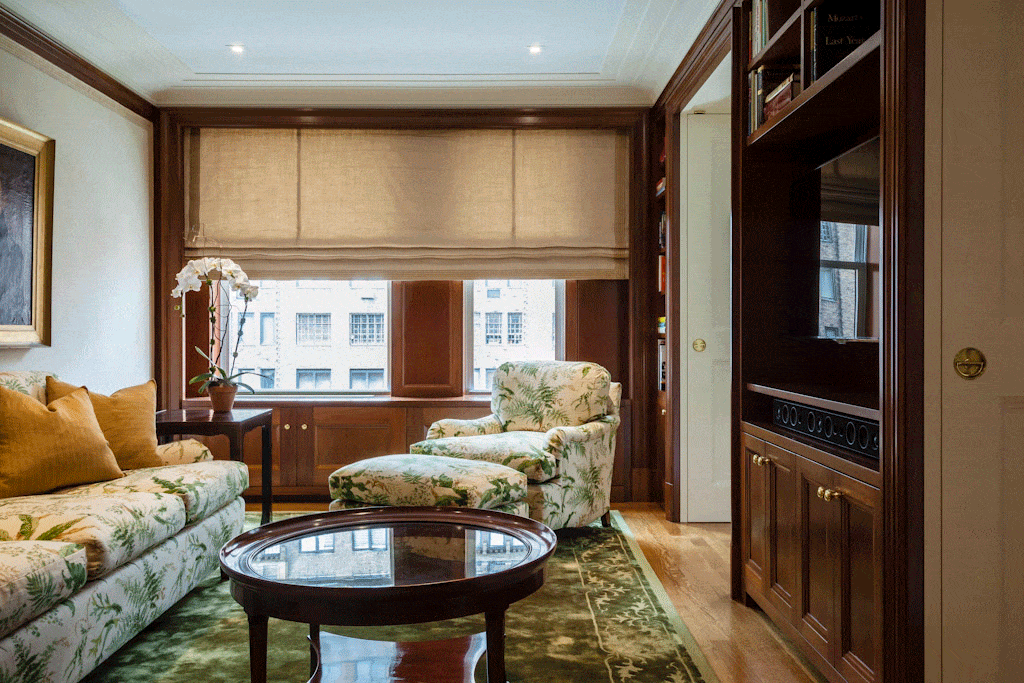
Are You Headed for a Smart Home? What to Consider in a Renovation
August 16, 2019
If you’re renovating or remodeling your home, you should give serious consideration to smart home integrations. According to a recent study by the Consumer Technology Association, by 2022 the market for connected solutions for seniors is expected to reach nearly $30 billion. In addition to health care and medical devices, this market also includes home devices that impact safety, security, and control of things like lighting and HVAC. These technologies add an element of convenience to the home, but they also add a layer of accessibility for owners who may have decreased mobility, eyesight, or hearing. As more baby boomers age, the reliance on home automation for independent living will grow.
SmartHome features don’t necessarily increase resale value, but they may increase interest. This could help a home move faster at sale. By incorporating smart home connectivity into your remodel plans, you help ensure that your home will be attractive to a larger pool of potential buyers – or, if you intend to age in place, that you have the opportunity to benefit from assistive home automation.
Here are three ways to help future-proof your home for possible technology integration at a later date.
Choose a System
The first step is to understand what a homeowners automation needs are. Most mundane tasks can be automated at some level: security, life safety systems, shades, pool heaters, highly specialized audio visual systems, audiophile grade sound, gallery like lighting control, HVAC automation.
We typically match homeowners with an integrator to help choose a system. This is an industry expert who helps specify, program, install and maintain these systems. A good integrator is familiar with many eco-systems and can help guide a homeowner to the right gear for their need.
Systems at a high level of automation typically come from companies like Savant, Control4, Crestron, and Lutron HomeWorks. Pricing can run from $10k to $100’s of k. These systems offer impressive levels of control of many systems with simple, reliable devices. They will require closet space and ventilation. If these robust systems are being considered it’s usually best to be installed during a heavy renovation.
If it turns out your needs are modest, there are a range of more off the shelf solutions on the market now which can provide impressive features at very low cost: Apple Homekit, Google Home, Amazon Alexa, Nest, Logitech Harmony, Sonos, WEMO. These smaller systems are often not designed by integration consultants. To use these in a renovation you may need to roll up your sleeves and dig in on the manuals to specify your equipment with support from your architect to provide good locations for the gear and proper wiring.
Install Hardwire Liberally
As we discussed in a previous blog post, installing neutral hardwire will give you the largest number of options across different system platforms. WiFi has become increasingly reliable, but hardwire is much less prone to problems and allows faster data transfer for tomorrows huge video standards.
While this doesn’t guarantee that you’ll always be able to connect with every new device and platform that comes on the market, it does put you – or a future homeowner – in a good position to not have to open the walls up completely at a later date. Installing extra Cat 6, HDMI and Optical wiring to strategic places in your home will give you future flexibility.
Incorporate Home Automation Into the Design
The best outcome in using these systems is to have the controls be thoughtfully located and easy to replace. Automation system controls allow many, typically unsightly devices to be ganged together on one tiny plate or touch screen. This can help the aesthetics of a space quite a bit by eliminating banks of switches and knobs, but you will want to be aware of how you’ll be using them to put them in the most useful spot. Large devices that don’t necessarily need to be in living spaces (like cable boxes, or receivers) can be placed in remote locations so cabinets can be used for stuff you use, rather than gobs of av and wiring. Your architect and integrator will work together with you to carefully arrange your gear.
If you’re thinking about a remodel, we can help you walk through smart home technologies and what impact they might have.